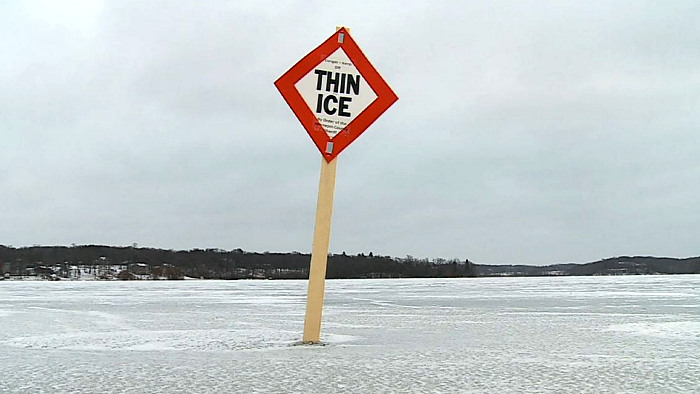The Backcountry Press
The country's premier daily hunting, fishing & outdoor news in the USA, Canada and more. Read whats happening in your neck of the woods & beyond. Choose your language above and read our news in English, Deutsche, Espanol, Francese, Irish or Italiano
The Backcountry Outdoor News reports the latest hunting and, fishing news along with fishing derbies and tournaments
from:
| ||||||
| ||||||
|
HUNTING NEWS CATEGORIES
© 2010 Backcountry Press Outdoor News - All Rights Reserved Website Design by:
Connect With Us
 | ||||
General Ice Thickness Guidelines
Submitted by: Backcountry Press Outdoor News
Disclaimer: The views expressed on this site are that of the authors and not necessarily that of TBC Press
Temperature, snow cover, currents, springs and rough fish all affect the relative safety of ice. Ice is seldom the same thickness over a single body of water; it can be two feet thick in one place and one inch thick a few yards away. Check the ice at least every 150 feet.
Check ice thickness using the following:
- Ice chisel
- Ice auger
- Cordless drill
- Tape measure
Trying to determine if the ice is safe on your lake? Try using this chart as a 'guideline' in your research.
These Guidelines were created by Minnesota Department of Natural Resources and are good rules of thumb for any state if your going to be on the ice.
Checking ice thickness
Before heading out on ice:
- Contact a local bait shop or lakeside resort to ask about ice conditions.
- Check ice thickness once you get there.
Additional recommendations
Cars, pickups or SUVs should be parked at least 50 feet apart and moved every two hours to prevent sinking.
Tip: Make a hole next to the car. If water starts to overflow the top of the hole - the ice is sinking and it’s time to move the vehicle.
Stock Image
# # # #
















